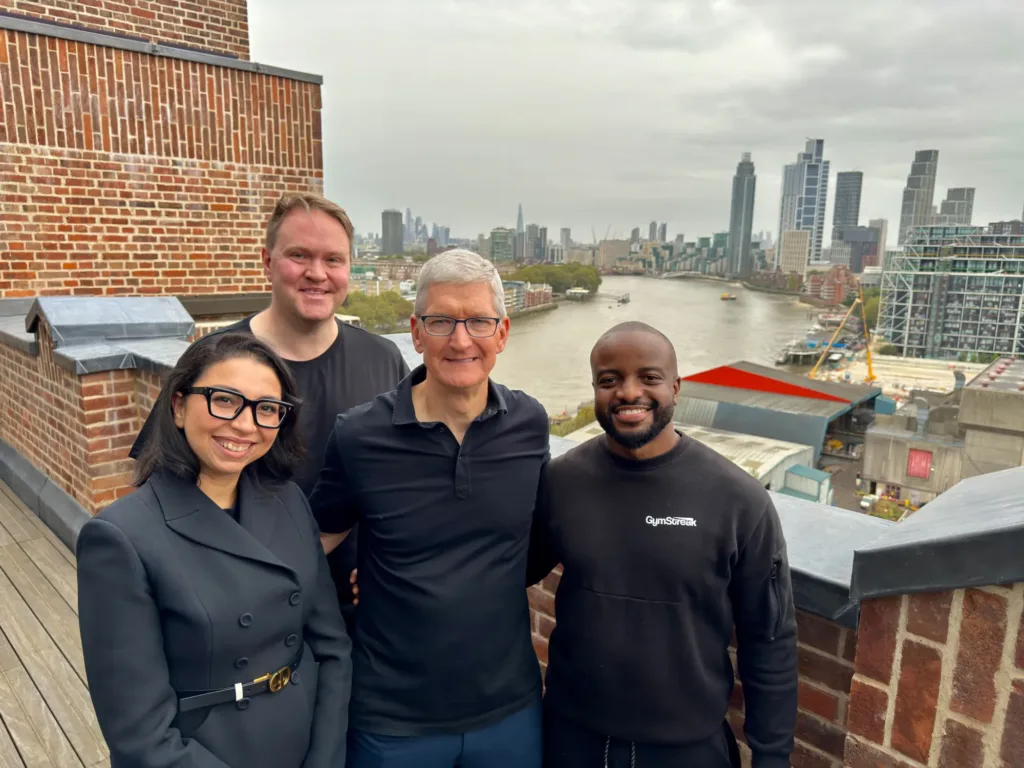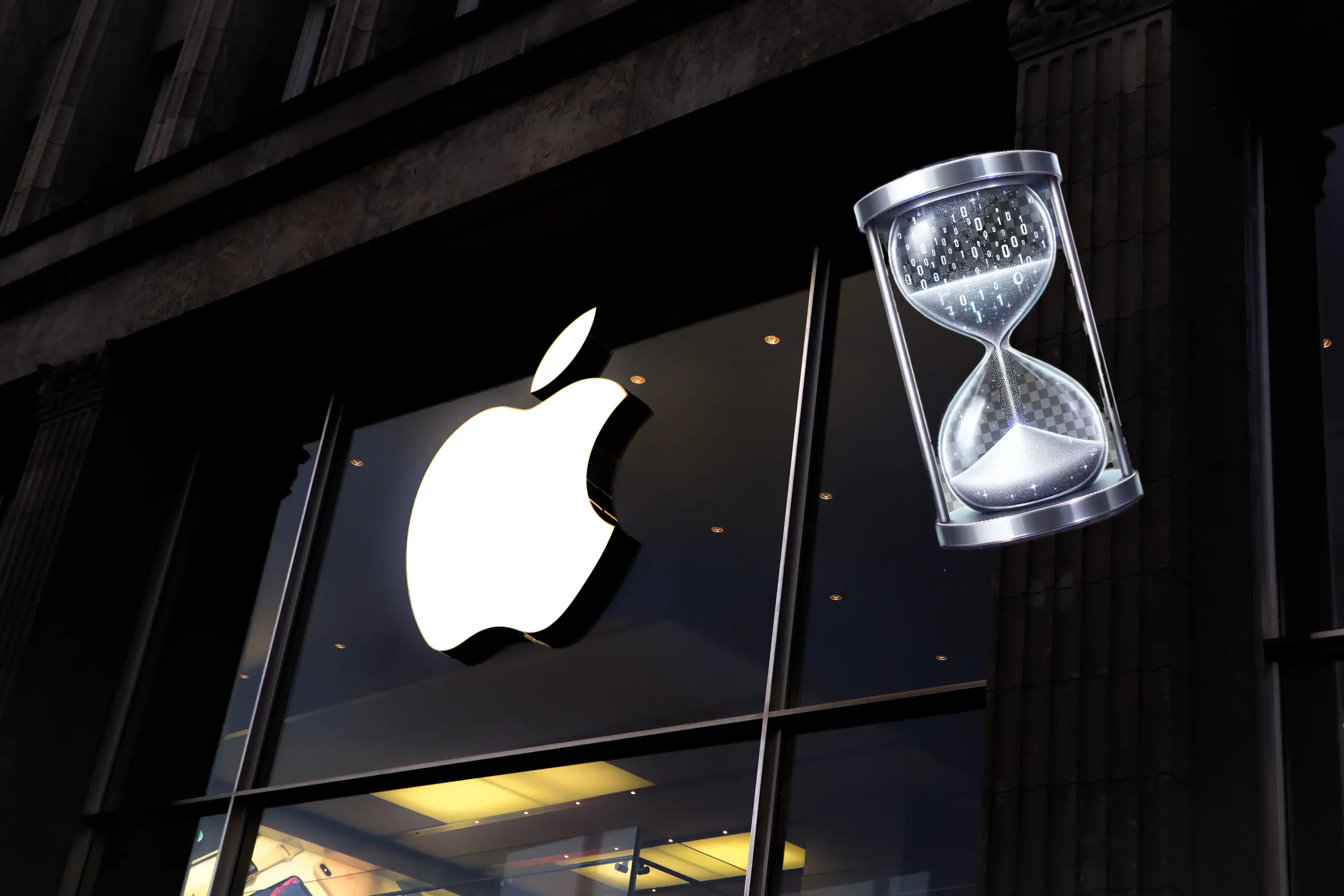Last Updated on July 21, 2024 by Team Yantra
AI is making roads everywhere from suggesting you best recipes to generating image from text. Revolutionizing everything in the process. There is a fierce competition going among Google, Microsoft, OpenAI and Nvidia etc. for the AI lead.
But Apple, the world’s richest tech company, seems to have missed the memo.
While Google’s Pixel phones are setting new benchmarks in AI-powered language translation and image enhancements, showcasing practical advantages of generative AI. Apple’s most significant AI contribution lately has been an improved autocorrect system in iOS 17.
It seems ironic for a company that has never shied away from innovation. So, what’s going on in Cupertino?
Generative AI to LLMs – The AI train That Apple Missed
Last year, OpenAI’s ChatGPT took the tech world by storm, offering human-like text generation that has a myriad of applications. Coming on top of even Google, who was kind of the originator of the transformer technology in AI that made this possible.
But Google was quick to catch up, along with Microsoft integrating generative AI into their search engines, providing users with more natural and intuitive responses.
Amazon revamped Alexa with AI enhancements, and Microsoft even updated its Windows apps with smarter assistants.
Apple, however, was conspicuously absent from this AI fiesta. According to insiders, there’s a lot of internal anxiety about this oversight, which is considered a “pretty big miss.”
Apple CEO Tim Cook has admitted that the company has been working on generative AI technology, but it’s clear that Apple was caught off guard by the rapid advancements in the AI sector.

The Pixel 8 and 8 Pro: Prime example of generative AI in smartphones
Google’s newly launched Pixel 8 Pro is a testament to the power of generative AI in smartphones. The Pixel 8 series houses their own generative AI model that significantly enhances various features.
For instance, the Magic Eraser tool can generate new pixels to fill spaces left behind by removed objects, making the final image look clean and natural. The phone also offers AI-boosted features like smart replies in the Gboard app and a summarization tool in the Recorder app.
These features show how practical applications of AI that improve the user experience.
Apple’s Billion-Dollar Bet on AI : Will it be enough
Apple is now in a race against time to catch up. Spearheaded by senior vice presidents John Giannandrea and Craig Federighi, the company is planning to spend about $1 billion per year on AI development.
The focus is not just on revamping Siri, but also on deeply integrating AI into Apple’s ecosystem, from search to Apple Music.
The company has been testing its large language model, dubbed Ajax, and an internal chatbot called “Apple GPT.”
The next critical step is to determine how this technology stacks up against the competition and how it will be implemented across Apple’s product range.
The Challenges Ahead
One of the significant debates within Apple is whether to deploy generative AI as an on-device experience or a cloud-based setup. While on-device AI would offer faster performance and better privacy, it also makes it challenging for Apple to roll out updates quickly. Given the fast-paced nature of AI development, a hybrid approach seems more likely.
Similar approach is taken by Google with it’s newly launched Pixel 8 and Pixel 8 Pro
Apple is also exploring the integration of generative AI into development tools like Xcode, which could significantly speed up app development. This move would align Apple with services like Microsoft’s GitHub Copilot, which already offers AI-powered coding assistance.
Public Opinion and Industry Insights
A recent article from Axios points out that while every other big name in tech has jumped on the generative AI bandwagon, Apple has stayed largely aloof. Another piece from Digital Trends suggests that all future improvements in Apple’s ecosystem will be powered by its large language model, Ajax. However, these advancements are expected to roll out in late 2024 at the earliest, according to MacRumors.
Conclusion
Apple’s late entry into the AI arena is more than just a hiccup; it’s a strategic misstep that the company is now scrambling to rectify. Being the richest company in the World. Obviously, Apple is trying to catch up by investing heavily in AI.
The stakes are high. Generative AI is not just a buzzword; it’s set to be the cornerstone of the next wave of computing. Apple has a lot of ground to cover, but if history is any indicator, counting them out would be a mistake.
So, will Apple be able to play catch-up effectively, or has the tech giant missed the AI train? The upcoming updates and launches will make things clear, and AI is a long term play. But, one thing is sure. Apple can’t afford to snooze through another technological revolution.

Leave a Reply
You must be logged in to post a comment.